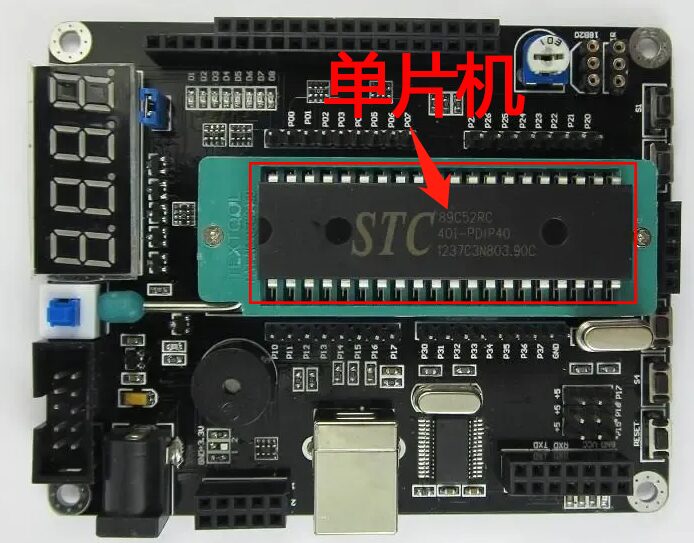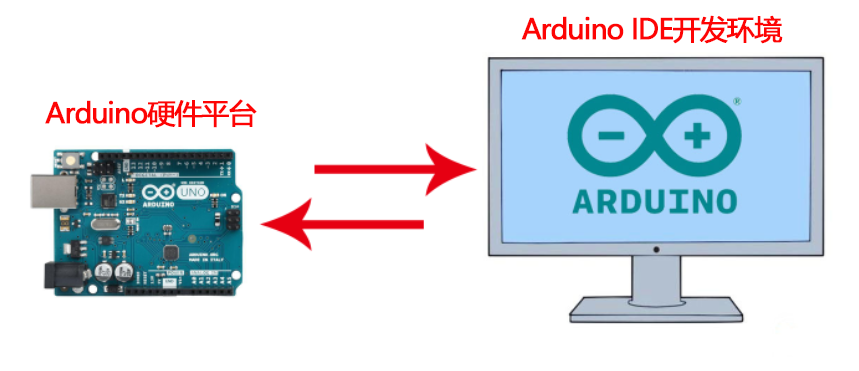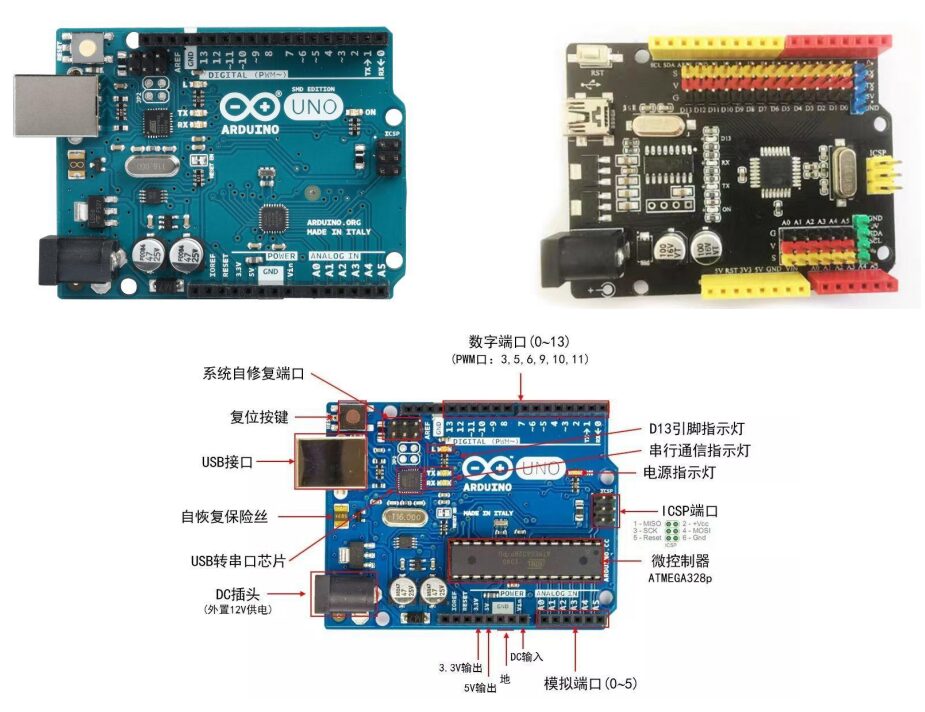Click the blue text to follow us
Hello everyone
Welcome to 【High Training Industrial Control】
In this first issue
Teacher Zhang Zhirong will bring you
The Arduino Maker Series on Basic Applications
Lesson One: What is Arduino?
In recent years, Arduino has been developing rapidly internationally, with various tutorials available. So what exactly is Arduino? What makes it so attractive that countless young people are eager to learn and use it? Next, let me unveil the mysterious veil of Arduino!
To understand Arduino, we first need to know what a microcontroller is; the foundation of the Arduino platform is the AVR instruction set microcontroller. So what is a microcontroller? How is it different from a personal computer?…… Seeing this, I believe everyone has questions just like I do!
Don’t worry, I will answer these questions one by one!
1. What is a microcontroller? How is it different from a personal computer?
A working computer consists of several components: Central Processing Unit (CPU) for computation and control, Random Access Memory (RAM) for data storage, Read-Only Memory (ROM) for program storage, and Input/Output devices (I/O) such as serial ports and parallel output ports. In a personal computer (PC), these components are divided into several chips installed on a printed circuit board called the motherboard. In a microcontroller (as shown in the figure below), all these components are integrated into a single integrated circuit chip, hence it is called a microcontroller (single-chip machine). Additionally, some microcontrollers integrate other components such as Analog/Digital converters (A/D) and Digital/Analog converters (D/A).

2. What is Arduino?
Arduino is a set of tools that can be used to sense and control the physical world. It consists of a hardware platform based on a microcontroller and an open-source development environment for programming Arduino boards (as shown in the figure below).

Arduino can be used to develop interactive products, as it can read numerous switch and sensor signals and control various lights, motors, and other physical devices. Arduino projects can be standalone or communicate with programs running on your computer (e.g., Flash, Processing, MaxMSP). You can choose to assemble Arduino boards yourself or purchase pre-assembled ones; the open-source IDE development environment for Arduino can be downloaded from the official website and forums.
The programming language for Arduino is similar to wiring a physical computing platform; it is based on a multimedia programming environment. In simple terms, Arduino is based on the AVR platform and has repackaged the AVR libraries. The advantage is that it has already packaged all the ports of the AVR platform, including functions like registers and address pointers, greatly reducing the difficulty of software development, making it suitable for non-professional enthusiasts. The downside is that since it is a repackaged version, the code is not as concise as directly using AVR code, and the execution efficiency and code size are inferior to direct AVR compilation.
The latest control board for Arduino is the Arduino Uno, as shown in the figure below:



Scan to follow us

